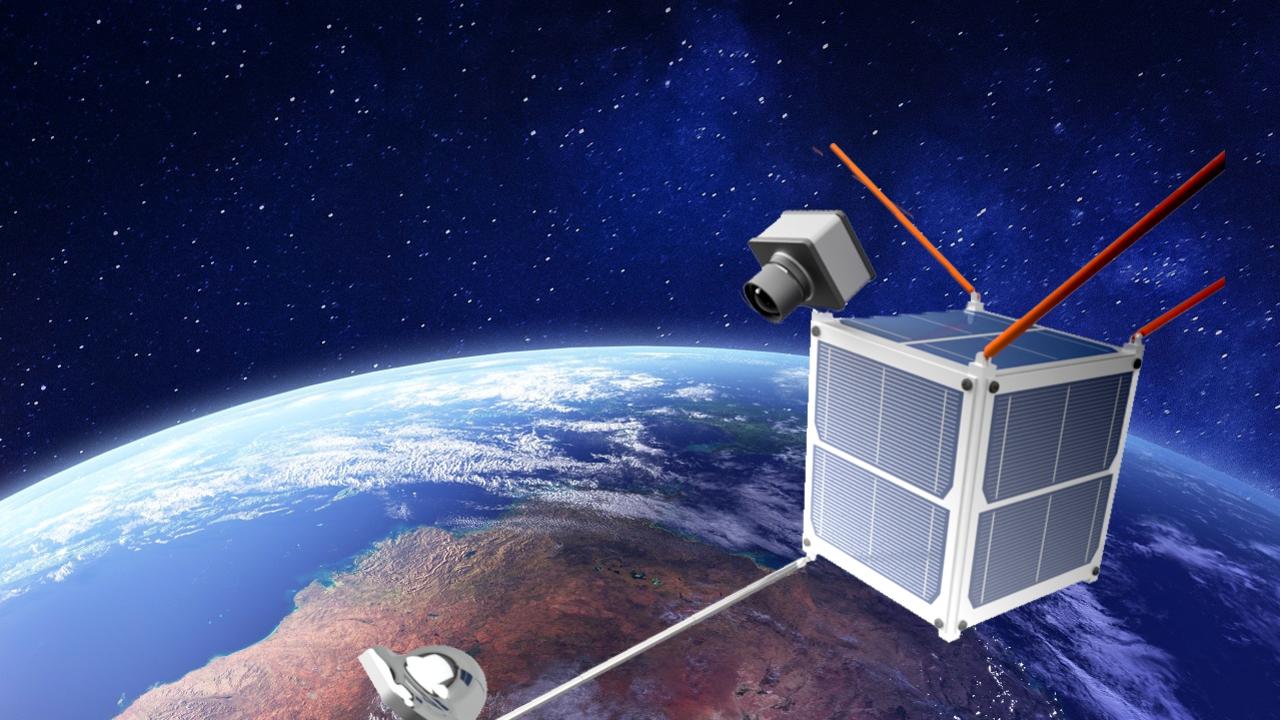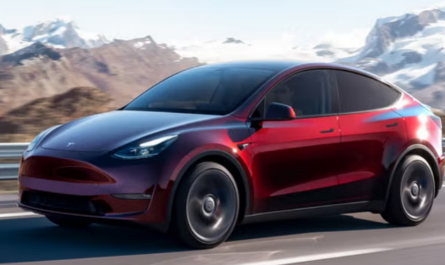Key Takeaways
-
YouTube engineer and former NASA scientist Mark Rober is launching a satellite called SAT GUS in January 2025.
-
The mission will let people take selfies from space, featuring their photo with Earth as the backdrop.
-
The project is supported by Google, T-Mobile, and SpaceX, combining education, creativity, and space innovation.
A Space Selfie Mission Like No Other
Mark Rober, known worldwide for his inventive YouTube projects and hands-on approach to science, is taking his creativity beyond Earth. In collaboration with Google and T-Mobile, Rober is preparing to launch SAT GUS, a small satellite that will orbit the planet and take space selfies — real images of Earth with user-submitted selfies displayed aboard the satellite.
This ambitious project blends engineering, technology, and public participation, giving anyone a chance to see their face floating in space. It’s not just a space mission — it’s a global celebration of curiosity and creativity.
The Launch Plan
The SAT GUS satellite will blast off in January 2025 aboard SpaceX’s Falcon 9 rocket. Once deployed into orbit roughly 600 kilometers above Earth, the satellite will begin its extraordinary mission: taking photos of participants’ selfies displayed on a screen inside the spacecraft, with our planet serving as the breathtaking background.
A few months after launch, SAT GUS will begin transmitting those images back to Earth. Participants will also be able to track when the satellite passes over their location, creating a personal connection to their image in orbit.
The project transforms the concept of a “selfie” into something cosmic — a symbol of how everyday people can now take part in the age of space exploration.
How You Can Take Your Selfie to Space
Participating in the SAT GUS mission is simple and open to everyone. To submit a selfie:
-
Visit spaceselfie.com starting December 3, 2024.
-
Upload your selfie and enter a unique access code.
-
Wait for your image to be displayed on a Google Pixel phone inside SAT GUS.
-
Receive your space selfie photo — featuring your picture with Earth in the background.
Access codes will be available through:
-
A CrunchLabs membership (Rober’s hands-on engineering platform).
-
Donations to STEM education programs (starting at $30).
-
Promotional campaigns by Google Pixel and T-Mobile.
Although the project is described as “free,” the donations and memberships help fund STEM programs that encourage young innovators to explore science, technology, and space.
Engineering Excellence Behind SAT GUS
While the idea is whimsical, the engineering behind SAT GUS is impressive. The satellite is equipped with a precision flywheel system to stabilize and orient itself in orbit. It also includes dual Google Pixel phones for redundancy, ensuring mission reliability.
The selfie display system features a digital screen inside the satellite, where uploaded selfies will appear before being photographed against Earth. Every image captured will be a genuine space photo — not computer-generated, but taken from orbit by SAT GUS’s onboard camera.
The entire system runs on solar energy, using an advanced solar array that powers both the phones and the onboard electronics.
Rober’s goal was to design a satellite that not only works flawlessly in space but also sparks public interest in how space technology functions.
The Vision: Making Space Personal
For Mark Rober, SAT GUS is more than a fun experiment — it’s a statement about the future of space exploration.
Through his popular YouTube channel and CrunchLabs, Rober has dedicated his career to making science exciting and approachable. SAT GUS expands that mission to the next frontier — outer space — giving the public a tangible way to connect with orbiting technology.
“Space has always felt far away,” Rober said in a recent interview. “This project brings it closer. Now you can literally see yourself in space.”
By inviting millions of people to take part, Rober hopes to inspire a new generation of thinkers, engineers, and dreamers — the same way NASA missions once inspired him.
Partnerships That Power the Mission
SAT GUS is powered by the combined expertise of Google, T-Mobile, and SpaceX.
-
Google Pixel provides the onboard phone technology for capturing selfies.
-
T-Mobile supports global connectivity and public engagement.
-
SpaceX delivers the satellite into orbit via its reliable Falcon 9 launch system.
These partnerships merge entertainment, engineering, and education into one seamless project — a rare collaboration that unites corporate innovation with public imagination.
Supporting STEM Education
A core part of the SAT GUS mission is to fund and promote STEM education (Science, Technology, Engineering, and Mathematics).
Every selfie submission helps finance programs that teach children about engineering and space technology. Through CrunchLabs, Rober’s educational platform, young learners can explore hands-on science projects and develop problem-solving skills inspired by real-world applications.
By combining entertainment with education, SAT GUS continues Rober’s lifelong mission — to prove that science can be both fun and meaningful.
Why SAT GUS Matters
SAT GUS stands out as one of the most creative space initiatives in recent years. It transforms the way people interact with space technology by turning a simple selfie into an interstellar experience.
More importantly, it highlights how collaboration between private space companies, tech brands, and educators can make space exploration accessible to everyone.
For many participants, their SAT GUS selfie will be more than a picture — it will be a symbol of curiosity, creativity, and the endless potential of human imagination.
Final Thoughts
With the launch scheduled for January 2025, Mark Rober’s SAT GUS satellite is poised to capture hearts and imaginations around the world. It’s not just about sending a photo into space — it’s about inviting people to be part of something historic.
By blending cutting-edge engineering with human creativity, SAT GUS makes space personal, educational, and inspiring. It’s a project that proves the future of space exploration belongs not only to astronauts and scientists — but to anyone who dares to dream beyond the clouds.




